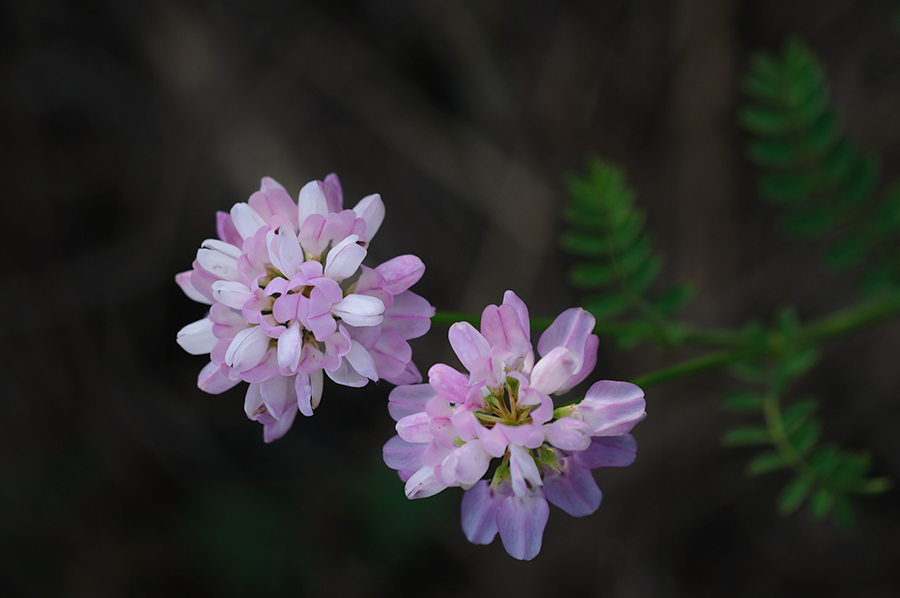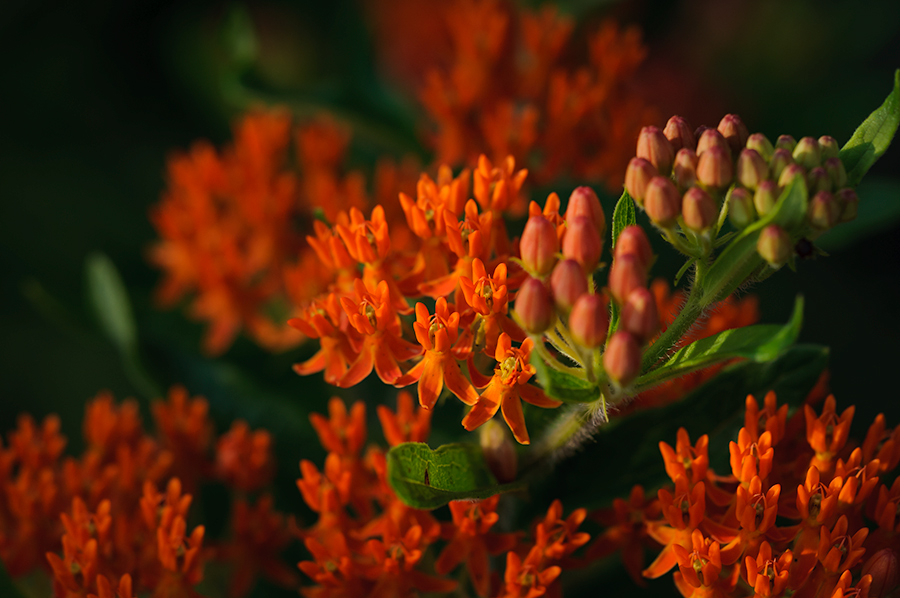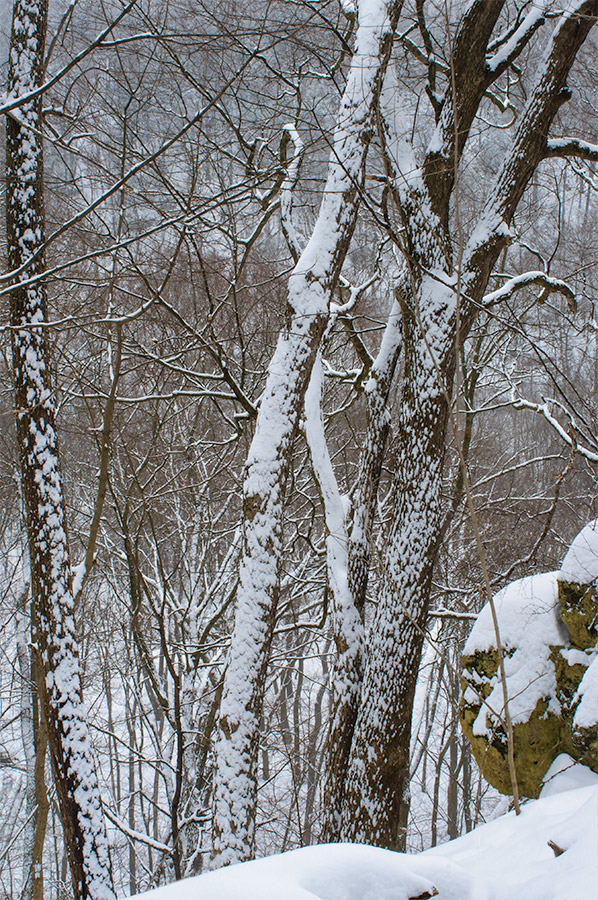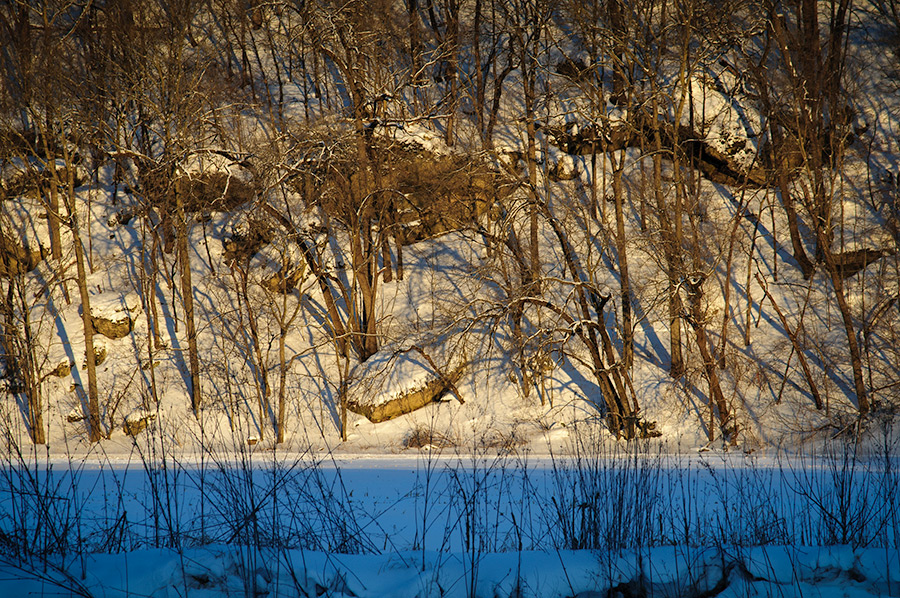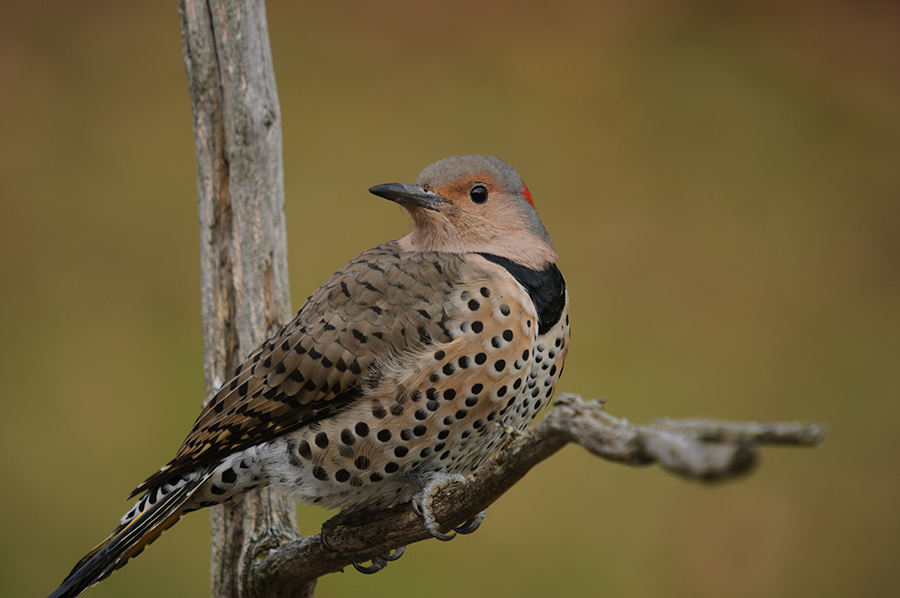
This morning I spent some time behind the camera with the long lens attached and watched the birds in the “front yard studio”. We are happy to see a pair of Northern Flickers again around here. They were mostly digging in the ground for food with their beaks. It came a little bit as a surprise when suddenly the female landed right in front of me on a dead branch. I made three clicks and liked the one you see here, with her head turned back, the best.
The other good news is that beside the woodpeckers that are here all year long (Downy, Hairy, and Red-bellied Woodpecker) a young Yellow-bellied Sapsucker showed up. I saw an adult sapsucker in April 2014 for the first time here on the bluffs and today’s encounter makes me believe that they had a successful breeding season. The Yellow-bellied Sapsucker is usually not here during the winter and I wonder if I may see the bird again in the next few days.
Lots of other birds but this has to wait for another post…


